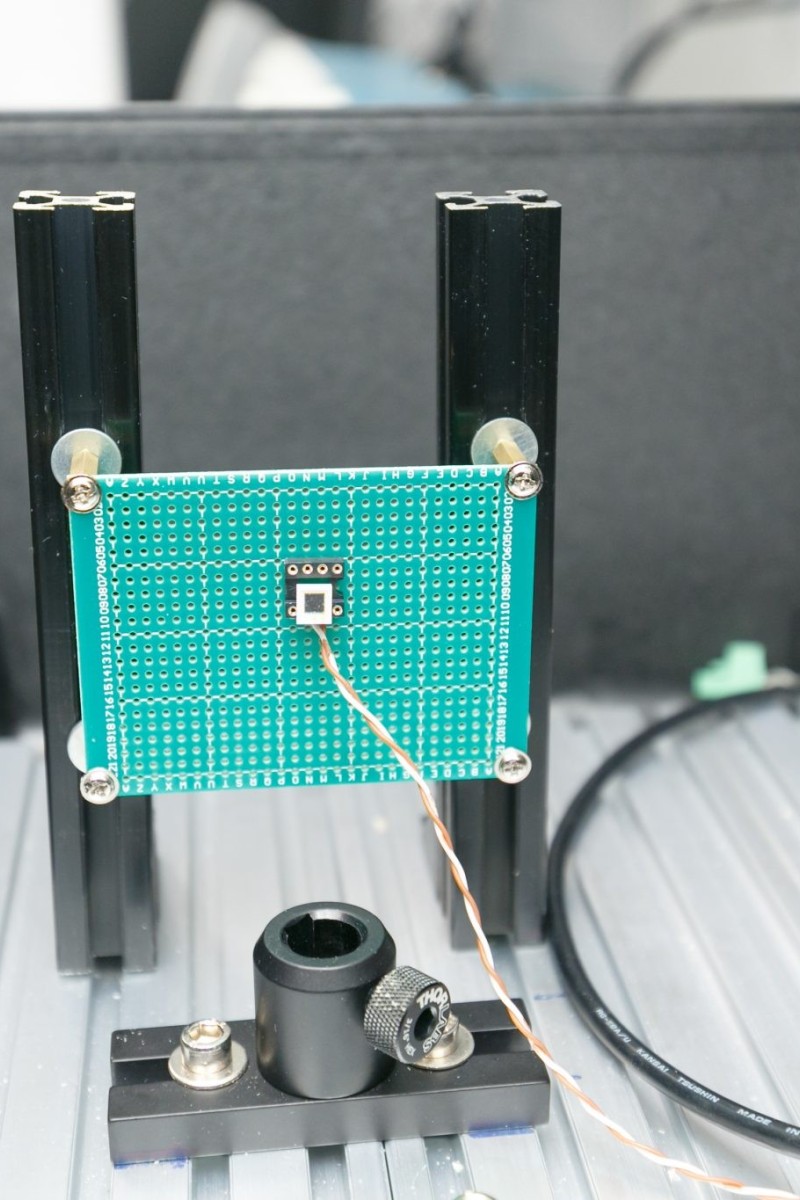
HKUST to build a super space camera that will allow scientists to study objects so far away they were previously undetectable
The project is set to show new insights into the nature of light from far-off places in the universe
 The camera uses a piece of technology called a Silicon Photomultiplier (above) to look at events too fast for normal telescopes.
The camera uses a piece of technology called a Silicon Photomultiplier (above) to look at events too fast for normal telescopes. The Hong Kong University of Science and Technology (HKUST) will build a new super camera to look into space.
The project, led by 2006 Nobel laureate in Physics, Professor George Smoot, is expected to show us new insights into the nature of light from far-off places in the universe, such as around black holes, to help us solve problems in astrophysics and cosmology.
The camera uses a piece of technology called a Silicon Photomultiplier to look at events too fast for normal telescopes to see. The device, previously used in particle physics, detects single photons and amplifies them though a snowball effect, letting scientists study faraway objects.
Young Post spoke to Albert Lau Wai-kit, a doctoral student working on the project under Smoot, to learn more about it. “The camera will help us look at photons – the smallest unit of light,” he said. “The sensor can measure this unit and give us more information from measurements.”
“When objects fall into a black hole, some radiation is emitted. Even though nothing can escape from the black hole itself, the device can detect such phenomena,” he explains.
He points out traditional astronomy looks at stars as unchanging, but there are rapid events such as supernova that last for a few days, and other faster events that last for only seconds or even less, which need rapid reaction.
I say: If you could travel into space, which planet would you visit?
Lau is most excited to look for events similar to something called a fast radio burst – radio signals that last for fractions of a second. “The origin of those events is still a mystery, but the camera can look to see if there are such events in the visible light spectrum,” he said. “It would be brand new and never seen before.”
The camera will be sent to the Assy Turgen Observatory, in Kazakhstan, in Central Asia, for field testing before being moved to the Spanish Canary Islands off the coast of the western Sahara to conduct research.
